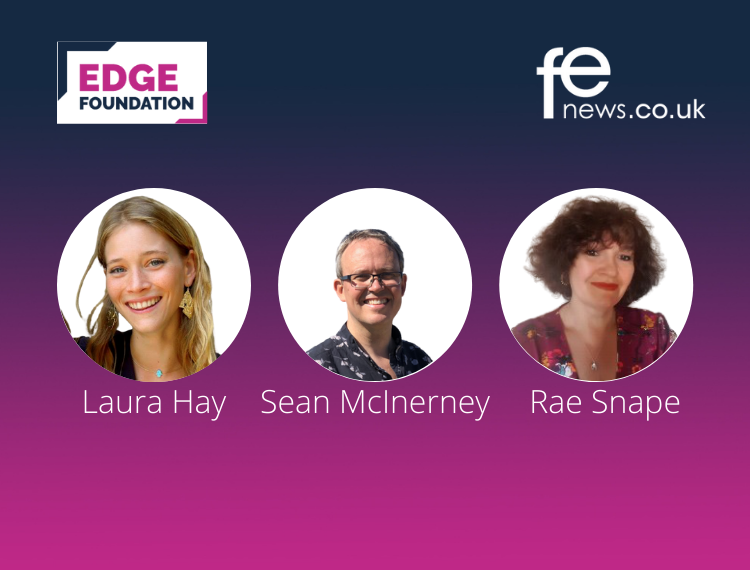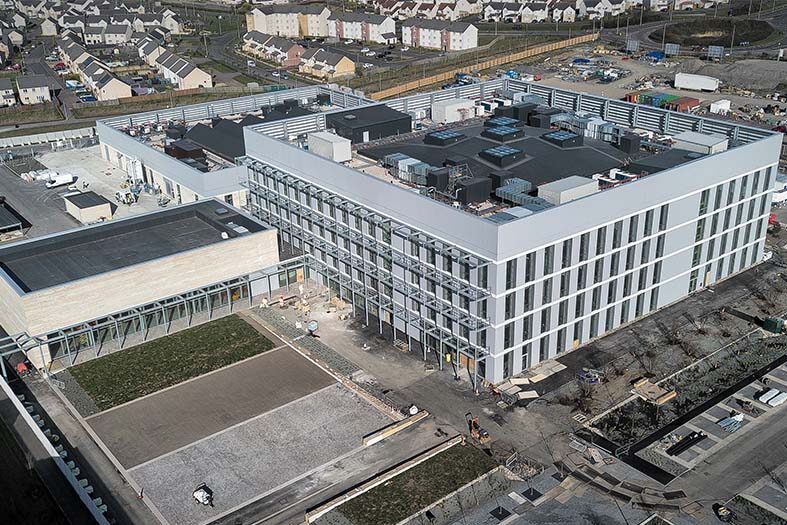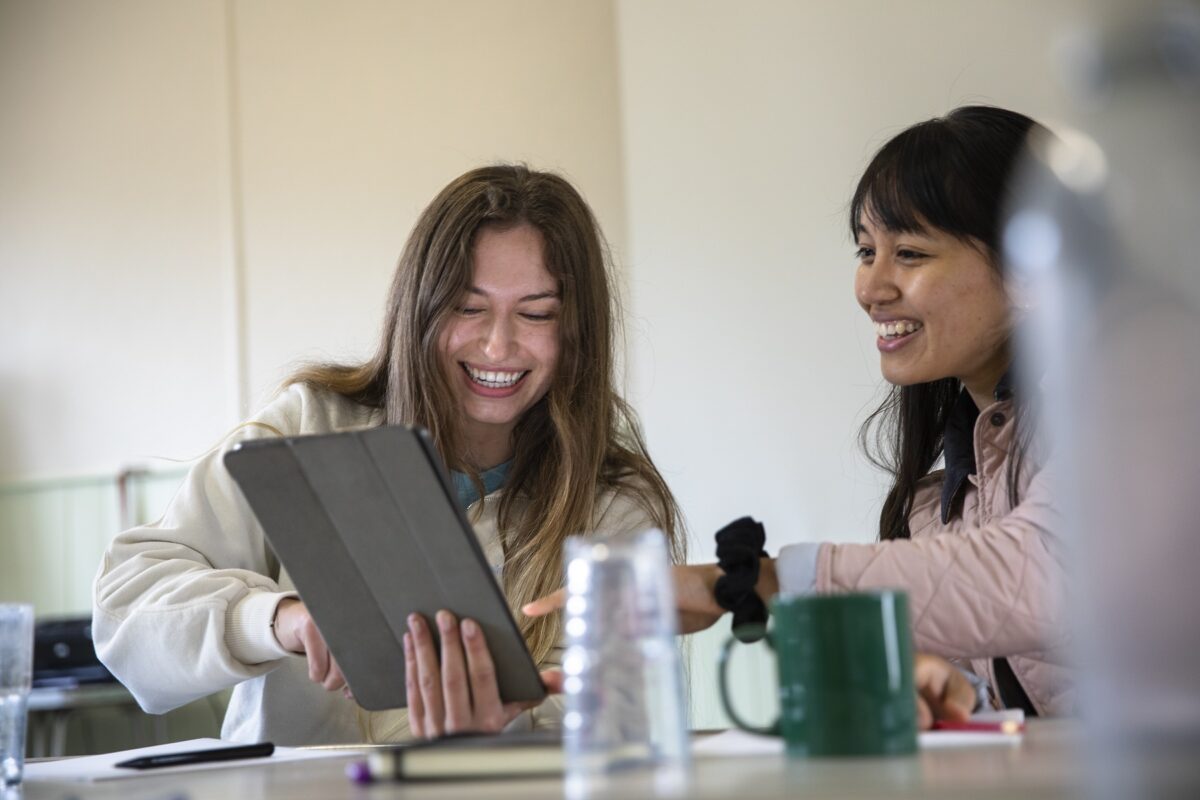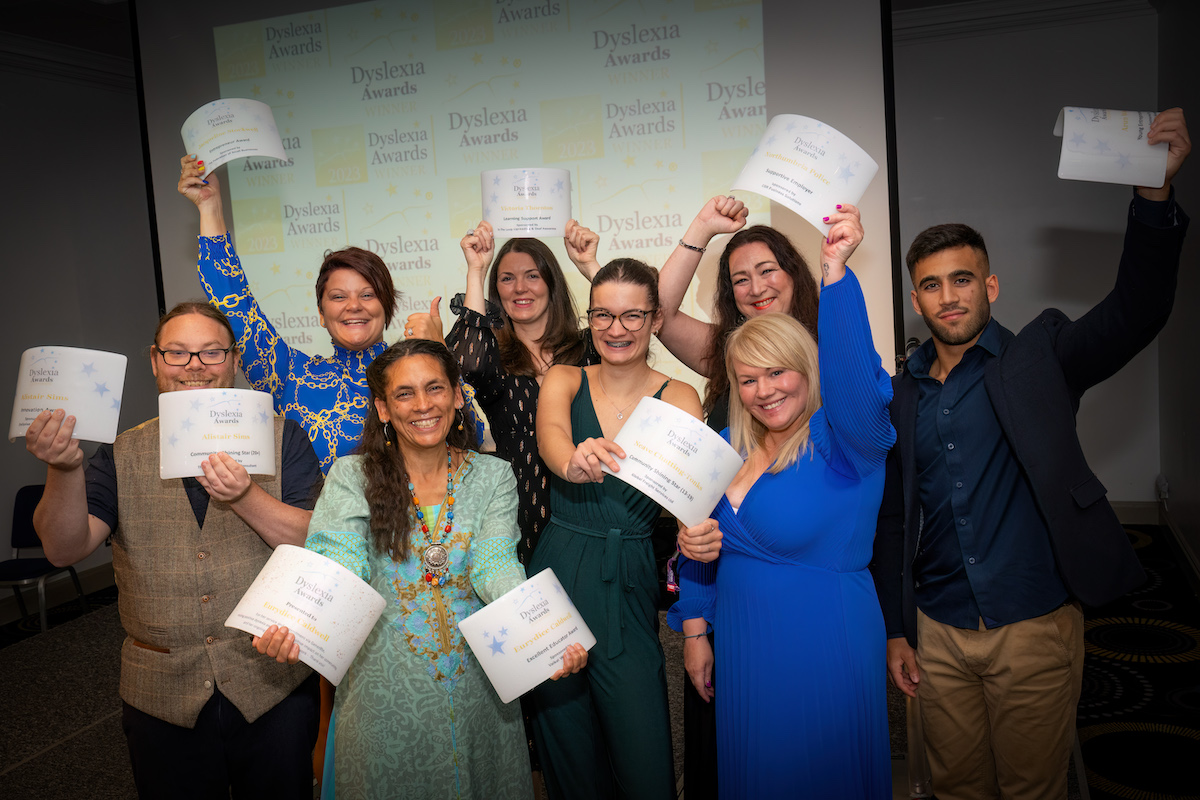Community Connected Learning | #EdgyThinking Livestream 4

There is growing international consensus that young people need to develop a broader range of knowledge, skills, mindsets and behaviours to help them thrive at work and throughout their lives. Schools, colleges, and universities play an important role in this mission. Relationships between educational institutions and their local communities are ever more important if we hope to truly prepare young people for success.
If we agree that it is important for young people to grow up to be empathetic, creative problem-solvers who know how to work in teams and lead change, then we have to create opportunities for them to practice these very things early on.
Many schools, colleges and universities are already stepping up to the challenge by putting real-world problems at the center of the curriculum and evaluating student work based on how well they research, define, explore, and develop solutions to those problems.
Edge Future Learning
Over the last few years, the Edge Foundation has been working with a national and international network of partners to map the landscape of innovation across the education sector, and distill patterns of powerful practice.
Based on this strong evidence base and network of leaders and partners, the Edge Future Learning team works with schools and colleges to rethink the purpose and scope of education and redefine what success looks like for students and schools.
Our model is based on three key ingredients that we know help bring learning to life:
- Project Based Learning,
- Real World Learning, and
- Community connected Learning.
What is Community Connected Learning?
Community Connected Learning (CCL) is a form of experiential learning where students work together to address real-world challenges as part of their broader education. It draws on a rich tradition of practices focused on supporting students to explore social issues, cultivate civic knowledge, build collaborative and leadership skills, and develop their identity as changemakers no matter what career path they choose to follow.
At the core of CCL are approaches that help to deepen students’ understanding of the world around them, while learning how to change it for the better – both within our classrooms and schools as well as in the community beyond. The aim is to help students build a strong sense of belonging, purpose, and agency – all qualities that will help them become leaders of their own learning.
This mission often requires a twin-track approach that focuses on:
- Local Community: Intentionally connecting schools and classrooms to the local community in order to bring curriculum concepts to life. This often takes the form of community action projects or changemaker challenges. Essentially – using your local community as an anchor for student learning and action.
- School Community: Intentionally cultivating a caring community and sense of connectedness within your school, usually through positive culture and leadership, and practices that foster a sense of belonging, purpose and agency among students, staff, and families.
Fundamentally, it’s about creating learning experiences that tap into young people’s energy, creativity, and empathy to transform the world around them. The goal is to help students feel a curiosity about and a connection to where they live – and give them opportunities to participate in the story of their communities (through the past, the present, and into the future).
Studies show that CCL can help to empower young people with the knowledge, skills, mindsets, and behaviours to actively participate in society and, most importantly, to realise their capacity to play a positive and valued role in community change. It can also help address issues of motivation and relevance, while building learner agency over time.
There is a growing movement of education institutions taking on a community-connected approach to learning. The examples below offer a glimpse of some of the projects that young changemakers have come up with as a result of a community-connected approach to learning.
Young Changemakers
- Protecting pollinators: a team of year 6 students learned about the harmful effects of certain pesticides on bees and decided to raise awareness and present their findings to their local MP who committed to co-sponsoring legislation known as Save the Pollinators Act which was passed by their local assembly.
- STEM solutions: After severe flooding struck her hometown and a community member was dragged away in his car, Laya (a sixth form student) was inspired to apply what she was learning in her STEM subjects to make sure this never happened again. She and her friend developed an innovative, low-cost, flood warning system called HydroAlert which measures real-time water level at high-risk locations and alerts residents and emergency personnel through text alerts. The amazing thing is that while current flood-detecting technology costs over $30k, her system only costs $50! It is now being scaled across the region.
- Empathy in action: A team of key stage 4 & 5 students designed a stylus pen for people with cerebral palsy. This was part of a class called ‘inventioneering’ where they conducted ‘empathy interviews’ to really understand some of the challenges their community members faced, and used these insights to design meaningful solutions.
XP School
At XP school in Doncaster, the curriculum is delivered through ‘Expeditions’ These are cross-subject learning projects that last for a term and are mapped against the National Curriculum. They are designed around real-world issues, supporting students to make a meaningful change in their communities.
In one instance, year 8 students explored the guiding question ‘Why should we care about migration?’
The project began by looking at the topic through the lens of the book Of Mice and Men, learning about the great depression and why people were forced to migrate. They studied the characters for clues as to what motivates or pushes people to leave their homes.
Discussions around the book helped students to examine these issues from the perspective of their hometown in Doncaster. Through a partnership with a local charity called the Conversation Club, students were able to connect with and listen to the stories of migrants in the local area. Meeting migrants in their own community and listening to their stories of hope and struggle helped students develop greater empathy. In contrast, the students then studied the discourse used to frame migrants in news headlines and realised how language and statistics are often used to dehumanise them.
After hearing the real-life accounts, students discussed how they could contribute to the solution. Having learnt that some migrants were surviving on just £37 pounds per week – often leaving them to choose between food or transport – the students focused on fundraising.
They rallied together and hosted several bake sales and sponsored walks to raise money to buy bikes so that their new friends could cycle around the city. That was more of a short-term solution. Students also created a documentary called Should I Stay or Should I Go which was screened at a community night, and used to keep the conversation going.
Several students shared that getting out into their community completely changed their perspective on the issue:
“Migrants are people. Just like us. With families and hopes. And stories that deserve to be told.”
There are many such stories – and hopefully these will offer a glimpse as to what is possible when we encourage students to apply their learning to the challenge of contributing meaningfully to their communities.
If you’d like to learn more about Community Connected Learning, you can sign up for one of Edge’s free monthly introductory sessions.











Responses